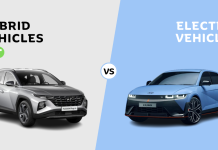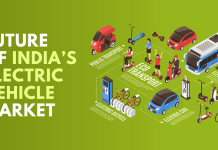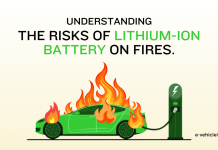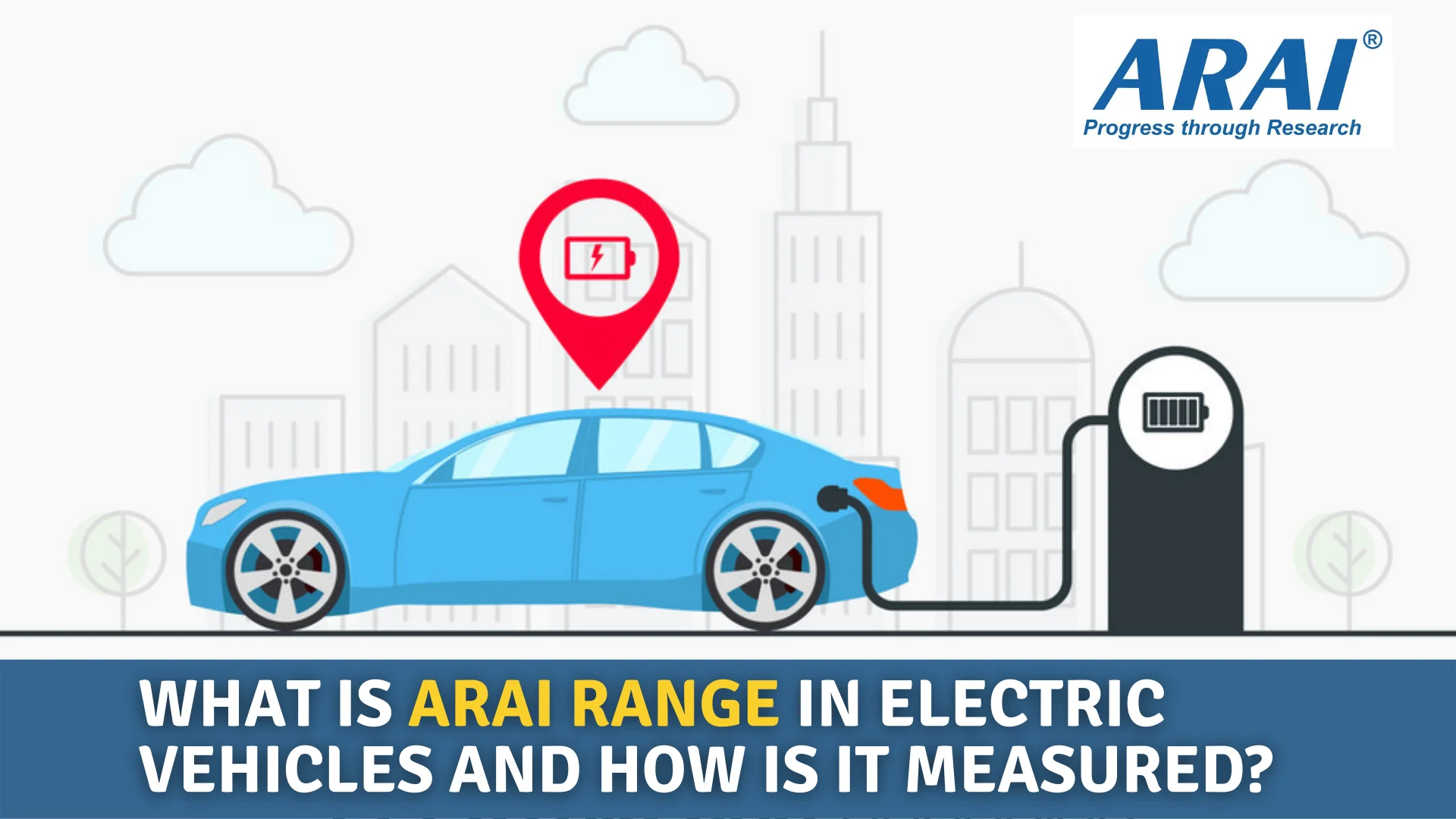
Table of Contents
Automotive Research Association of India (ARAI)
Automotive Research Association of India (ARAI) is an automotive R&D organization set up by the automotive industry and the Ministry of Industries. It functions as an autonomous body and assists the Government of India in formulating automotive standards and regulations.
ARAI offers comprehensive certification and homologation services for an entire range of automotive vehicles, systems, and components. It also developed a Simulation Lab to offer end-to-end solutions for the automotive industry. Any electric vehicle with a motor power of 250W or more needs ARAI approval to be on road.
Read More: Electric Car Powertrains & EV Components
What Is ARAI Range in Electric Vehicle?
The full form of ARAI is the Automotive Research Association of India. It is an automotive R&D organization set up by the Ministry of Automotive Industry and Industry. It acts as an autonomous body and assists the Government of India in formulating automotive standards and regulations.
What is Meant by IDC Range in an Electric Scooter?
IDC Range stands for Indian driving conditions Range. These tests are not done on real roads. ARAI testing is carried out under extremely ideal conditions using a chassis dynamometer, with the aim of making the conditions as close to the real world as possible.
How ARAI Range is Measured in Electric Vehicles?
ARAI measures the range of an electric vehicle under extremely ideal conditions using a chassis dynamometer that aims to simulate real-world conditions as closely as possible.
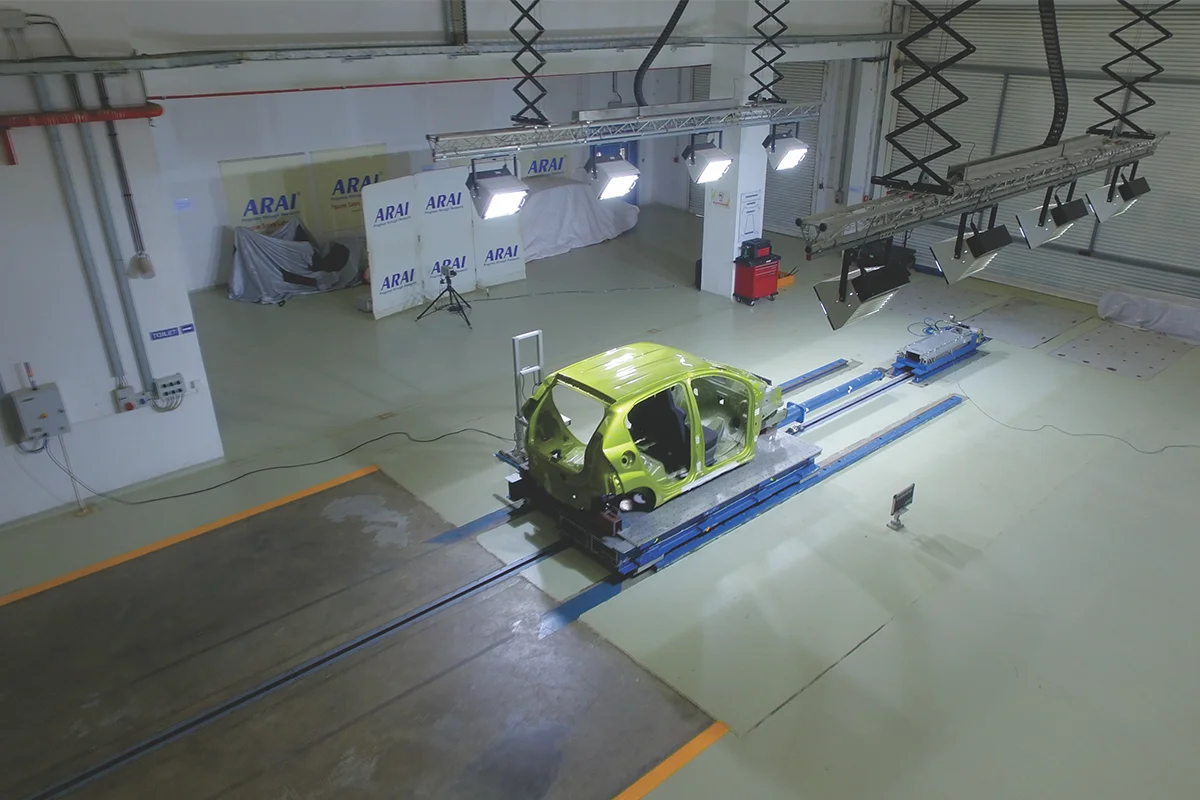
Despite this, simulation can never be compared with real-world testing. The advantage of simulation is that it can provide similar parameters for testing on different vehicles.
Also, these tests have a duration of only 19 minutes for a distance of only 10 km. They simulate both city and highway road conditions on the dynamometer at an average speed of about 31 km/h. While the deceleration and acceleration will be happening gradually, the top speed will not exceed 90 kmph.
Note: These tests will not consider the altitude, road elevation, weather, and many other factors that play important factors in deciding the range of an EV in the Real-world. and During testing, they do not turn on the air condition while measuring the range of the EV.
In Conclusion: Everyone has their own driving style and Computers can’t simulate it. and they might get failed in estimating the real-world range. And by considering this, different testing agencies might provide different numbers.
For example, the MG ZS EV with 44.5kWh battery pack launched in 2020 with a 340 Km range as per ARAI. In 2021, the company has introduced the 2021 version with the same 44.5kWh battery capacity. This time, the company claims a 419 km range as per iCAT. In real-world conditions, both the 2020 and 2021 MG ZS EV models offer a similar range.

